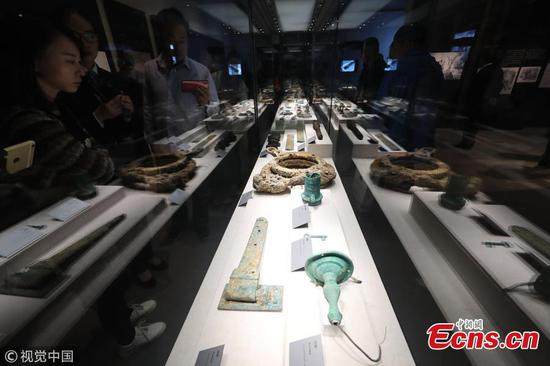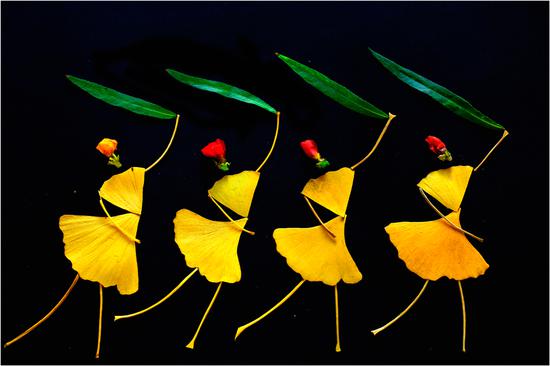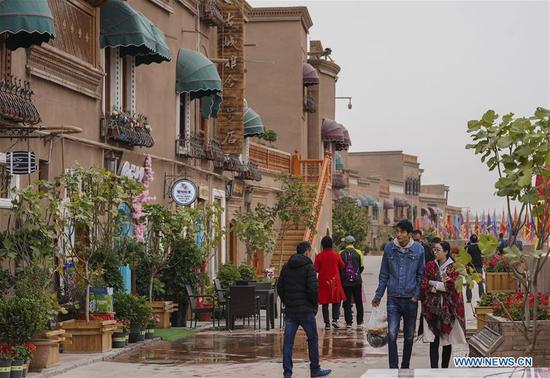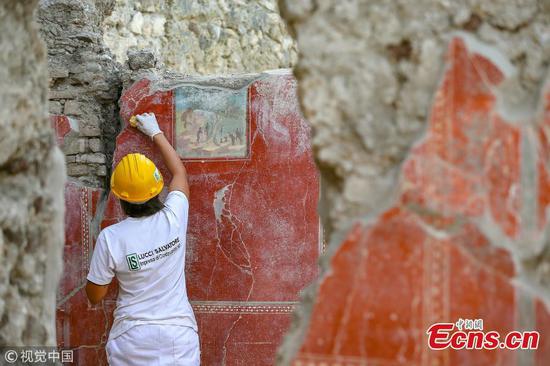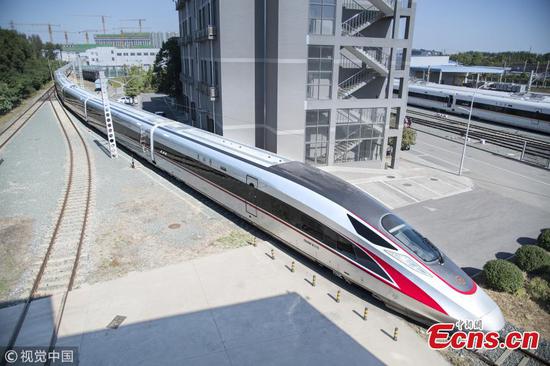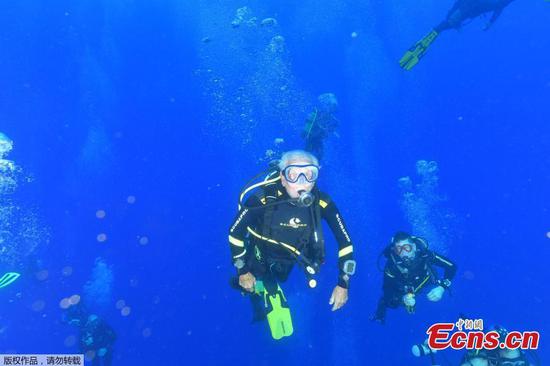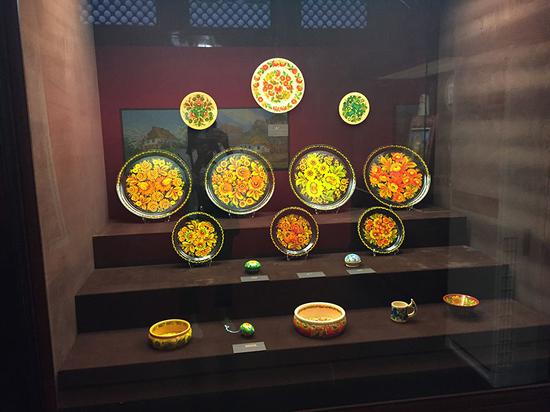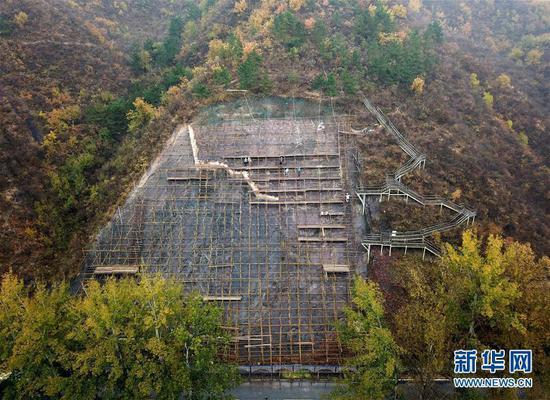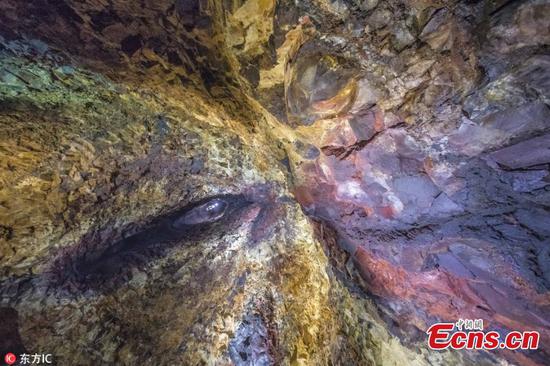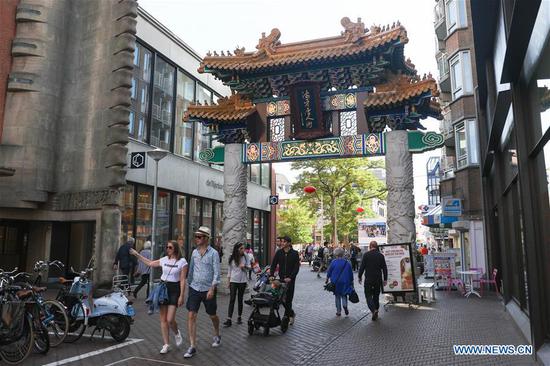(ECNS) - A research association in the southwestern Chinese city of Chengdu has announced plans to launch an illumination satellite in 2020, which will resemble an artificial moon, Science and Technology Daily reported.
According to Tianfu New District System Science Research Association, three experimental satellites will be launched by 2022.
In 1999, Russia had plans to use special mirrors to reflect sunlight towards Earth and light up its night, the report said.
However, Wu Chunfeng, association director, said despite progress made in theoretical studies and space tests, Russia had met setbacks when it came to the reflective mirror.
But now China has mature core technologies and materials ready to conduct further studies and verifications of such an artificial moon project, he said.
The association has spearheaded system studies in cooperation with more than 20 experts from Harbin Institute of Technology, Beijing Institute of Technology, Chengdu Aerospace Science and Technology Microelectronics System Research Institute, and Chengdu Huirong Guoke Microsystems Technology, with a feasibility study and preliminary design work finished.
The artificial moon will be eight times as bright as natural moon light, and the three satellites will be able to light an area of approximately 3,600-6,400 square kilometers, ensuring constant sunlight 24 hours a day in a certain area.
Wu downplayed concerns of light pollution and said the light could be precisely controlled while the benefits could be huge.
Chengdu could save 1.2 billion yuan ($123 million) a year in electricity costs if an area of 50 square kilometers was lit by an artificial moon, he said.











